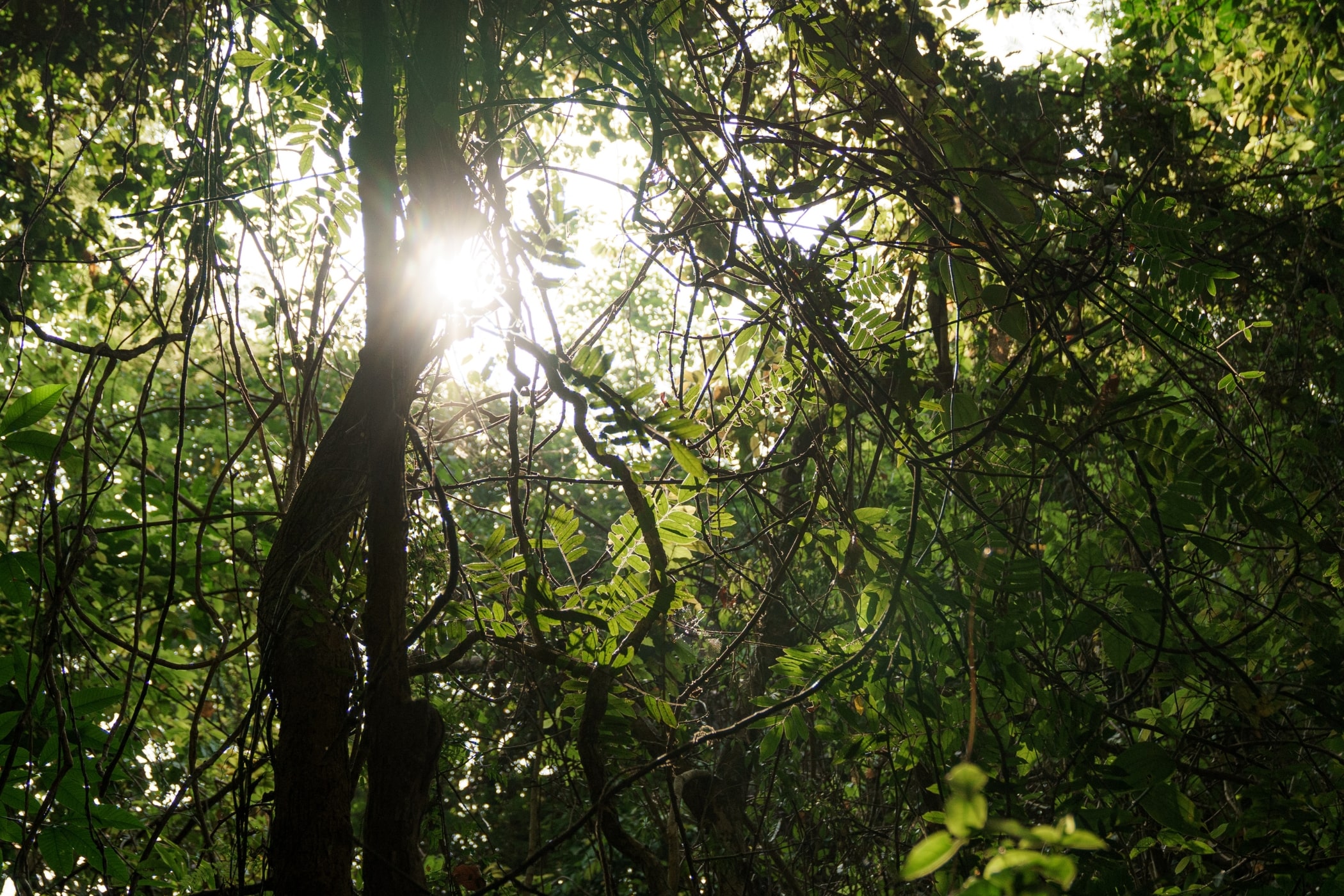Rewilding Cities, One Pocket Forest at a Time
In cities, where trees are often jeopardised by rapid urbanisation, every square foot of extra greenery counts. Apart from their mood-boosting attributes, trees also offer a possible answer to the twin problems of pollution and heat by destroying chemical pollutants and providing shade.
Unfortunately, not all cities are blessed with parks or private gardens.
To counter this, one possible solution comes in the form of miniature forests, using a method pioneered by Japanese plant ecologist Professor Akira Miyawaki. He drew inspiration from nature’s ecosystems to devise a method for creating 100% organic, dense and diverse forests in as little as 20-30 years.
Dr Miyawaki has supervised the planting of more than 1,500 of these miniature forests, first in Japan, then in other parts of the world. Today, rewilding specialists use his method to help communities around the world reintroduce wild species back into natural landscapes.
Just this year, our Laguna Phuket resort in Thailand has teamed up with SUGi Forest Makers to apply the Miyawaki method to reforest selected pieces of land within the resort.
Introducing the Miyawaki Method
Quick to establish and maintenance-free after the first 2-3 years, Miyawaki forests promise to grow ten times faster and are thirty times as dense as alternative reforestation solutions. They also provide a greater amount of forage for pollinators, refuge for birds, and a cool home for insects. It only takes a couple of decades for the forests to reach maturity.
Planting a Miyawaki forest requires four crucial stages:
1. First, identify the native vegetation best suited to the area being planted. This requires SUGi’s forest makers to do intensive research, often involving the indigenous community. They look to see what is growing locally, in protected areas or ancient old-growth forests, and select a variety of species to create balance and maximise density.
2. Soil preparation comes next. Degraded, compacted, waterlogged or bacteria-dominant soil is turned into fungi-dominant, soft and crumbly soil, so tree roots can establish faster and gain better access to nutrients. Compost tea is also added to the earth as it’s turned, to introduce strains of beneficial fungi, while a stimulant such as molasses or liquid seaweed, gives the fungi fuel to grow.
3. SUGi pocket forests are then planted with the help of the community. Teams plant three to four saplings per square metre in a random manner that mirrors how natural forests grow. The preference is for young saplings, as they’re more adaptable and can form symbiotic relationships with mycorrhizal fungi in the soil far quicker than an older tree.
4. The final step is to apply a compost tea and mulch heavily using straw. The mulch protects the soil and retains moisture. Earthworms, beetles and other insects feed from the top-down, building soil fertility by pulling the mulch into the ground for it to be broken down by microbes.
In essence, the method mimics the way a forest would recolonise itself if humans stepped away. But to speed things up, gardeners skip some of the early phases of natural forest development, such as grass and shrubs, and jump directly to planting the kinds of species found in a local mature wood. Miyawaki forests also offer more variety from the start thanks to the use of a wide mix of species, and high density encourages the seedlings to fight for sunlight, ensuring the survival of the fastest-growing.
Miyawaki forests are particularly effective for replanting extensive areas of damaged woodlands, as well as offering city-dwelling urbanites hope that more green spaces could be coming to their backyards, despite all the urbanisation.
In Mumbai, more than 200,000 trees are found in Miyawaki forests throughout the city and its suburbs, and this method is becoming popular in Europe and Latin America as well.
Reforesting in Bang Tao Bay
In the second quarter of 2023, Laguna Phuket saw two Miyawaki forests established on the island, after the team selected 84 species of native trees from last remaining virgin rainforest Khao Phra Thaew. They focused on those that would occur naturally in that particular area without humans, to build a site that would be more responsive to climate change.
In the first phase, a total of 7,500 saplings were planted across the Open Kitchen and Veya Grove with the help of children from the neighbourhood and Laguna Phuket Kindergarten, who had the chance to learn about local ecosystems as part of Laguna Phuket’s commitment to inspire the next generation to become stewards of the planet.
Given space and time to thrive, these reforested plots at Laguna Phuket will become biodiversity hotspots and serve as a blueprint for the Banyan Tree Group’s future reforestation initiatives in partnership with SUGi.
By implementing a dynamic, innovative approach that benefits both the local community and visitors, the two parties hope that the resulting tranquil sanctuary will help promote interaction between people and nature.
Visit our newly established Miyawaki forests when you stay at Banyan Tree Phuket, our all-pool villa sanctuary in the scenic Bang Tao Bay.
